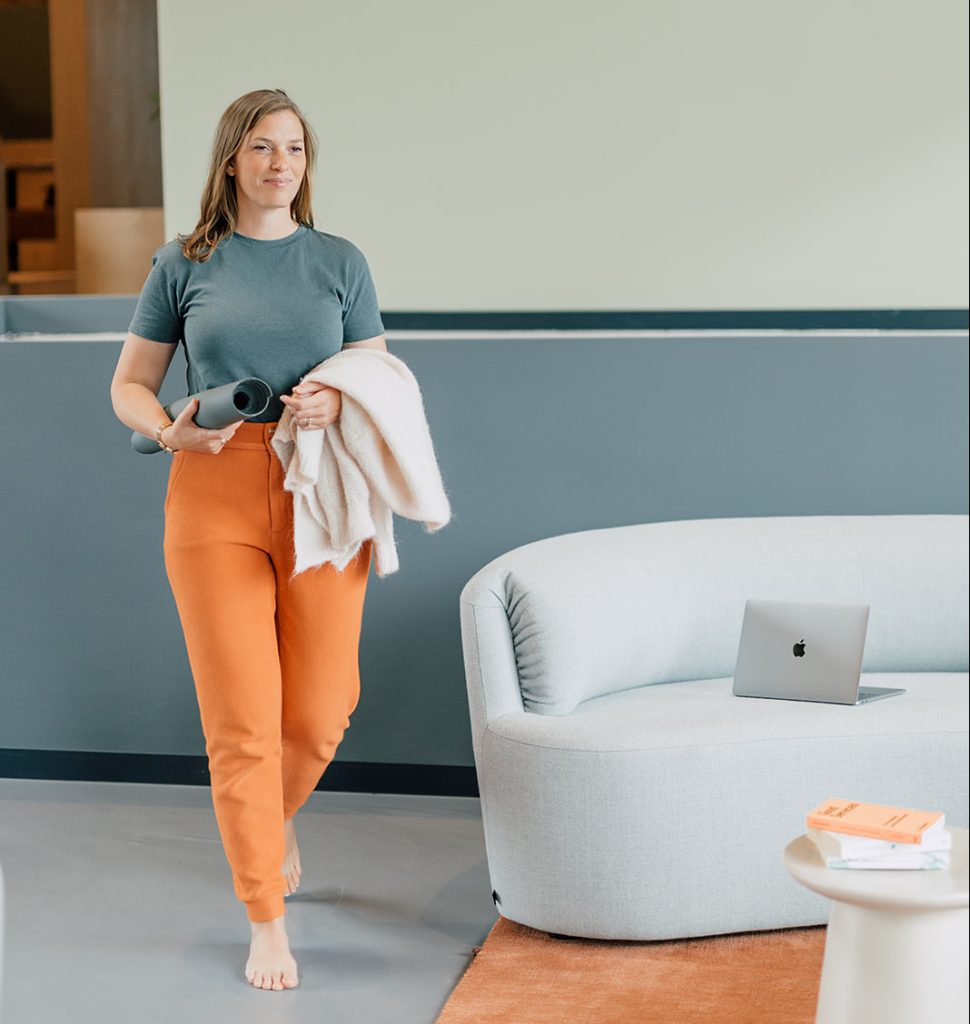
Aclara > From problem solver to solution designer
Written by Francesca Lai
Over my 10 years of private legal practice, the key thing I learned when communicating technical legal information to clients is to ask myself “who am I doing this for?”
When communicating with your client, some of your response would naturally be aimed at providing information to your client (like explaining relevant legislation, outlining the legal problem, or providing preliminary advice).
However, as lawyers we also communicate things to the client to cover your own position (like highlighting the risks of making a certain decision). On this aspect, I have noticed that lawyers may not always be too bothered about whether clients actually understand the information. To the lawyer, this is more of a ‘ticking the box’ exercise so they do not fall foul of practising or ethics standards as a legal professional. In many legal memos, opinions and court submissions, the actual answer or explanation is not revealed until many pages into the document.
Asking “who am I doing this for?” is important because lawyers should clearly distinguish in their mind between:
If you are speaking to your client or sending them written correspondence and not getting any response, chances are the client didn’t read the correspondence fully or didn’t understand what you were telling them. Try to find a balance between what the client wants to know, what they should know, and covering your own position. Since clients find it hard to communicate with lawyers, the focus should be on ensuring clients understand what you are trying to tell them. Your worst case scenario is a client that disengages with your communication: either because they don’t understand it, they don’t have time to read it all, or because they think you know what you’re doing and they don’t have to stay on top of it all.

Research has shown that designs of legal documents, like contracts, are not always recognised as legally binding documents, because people expected more lengthy documents. I think clients definitely expect legal documents to be dense, boring and long. Designed legal documents, however, usually bring a sigh of relief from the readers.‘This is so much easier to read’, ‘I’m actually curious about what it says’, and ‘Why aren’t all documents like this’, are just some of the responses by users. And that’s not only the target audience, lawyers too prefer shorter, ‘lighter’ and well-written documents.
Try to find a balance between what the client wants to know, what they should know, and covering your own position.
I don’t think every lawyer (new or experienced) needs to have legal design skills, but they should know what legal design is and how they can benefit from it. It is certainly possible to work with people with legal design skills (like Aclara Legal Design!) rather than having to learn the skills yourself. Although I encourage everyone to learn some basic research and visual skills.
For new lawyers and law students, knowing legal design can open new opportunities and be a great differentiator when entering the competitive job market. There is a great demand for legal design skills. If you become passionate about legal design at the start of your legal career, you can also explain and demonstrate the efficacy of legal design to senior and more experienced legal practitioners.
I have always had creative hobbies – for example, I have dabbled in silkscreen printing, ceramics, card making, jewellery making and sewing! I like having a diverse skill set.
Knowing about composition from my interest in silkscreen printing for example has definitely helped me hone my design skills for my legal design work!
My creative hobbies taught me to be open to learning new skills, how it’s uncomfortable at first to just start making ten sketches and they all look terrible, but after some time, it’s beginning to resemble what you were aiming for. I believe learning creative skills takes humility and patience.
When I transitioned from legal practice, I debated whether I would do information design for the legal sector. I had considered leaving the legal sector altogether to do non-legal information design. I felt that legal practice was so distant from my creative personality, I was afraid I would never find people who shared my need for innovation and creativity. However, once I started communicating my plans for creating a legal design agency, I soon noticed there were a lot of people in the legal sector who wanted to innovate and do things differently – focusing on what actually works and what people actually need.
I believe learning creative skills takes humility and patience.
When I first started training in design, I focused on graphic design and information design. But I soon realised that I also needed to learn about design thinking. Learning about design thinking has been an eye opener. It helped me further develop my design process, taking into account the users’ needs – not the client’s needs – from the very first step until the final delivery of my designs. The empathy required by design research, as part of a design thinking process, is crucial and is often more in-depth than what graphic designers or information designers are taught.
My love of creativity inspires me to keep learning and improving my skills. For example, right now I am working on expanding my knowledge about UX research. We already provide UX research services in Aclara’s projects, but I am keen to develop my expertise in this area! And outside of work, I am keen on doing more classes on ceramics. I love how you can take an unappealling material, like clay, and shape it to any form you want, just using your own hands. My favourite pieces are objects you can use in everyday life, like small bowls or cups.

This is a great question. I don’t have an exact title in mind, so maybe someone can come up with a title for me! I hope it’s something funny, because we shouldn’t take ourselves too seriously.
I can be very direct and assertive if I need to be – it is difficult not to be after 10 years of private legal practice! But in my life outside of work I really value having fun and being kind. I think the biography title should reflect the fun, colourful parts of me, and the importance of being kind to others. And my love for animals. Oh right, it may need to feature something about my career as well..
***

Francesca Lai is an aspiring legal designer based in Sydney, Australia. She is Aclara Legal Design’s content specialist, harnessing her previous experience as a marketer to focus on long-form content and SEO strategy. Francesca has also been working towards admission to legal practice in Australia through her clerkship at the Kingsford Legal Centre. Outside of work, she enjoys cooking and baking, indoor rock climbing and playing tabletop board games.